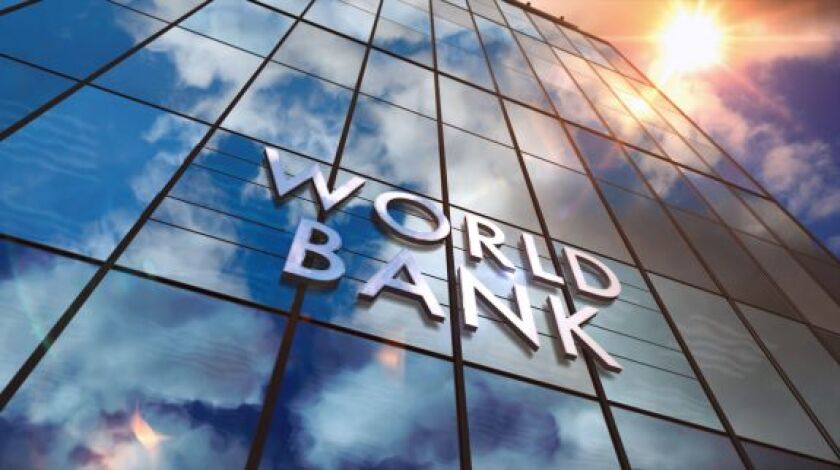On the face of it, triple-A rated multilateral development banks guaranteeing emerging market sovereign bonds would seem to make perfect sense.
Being able to access capital markets with much higher ratings than their own can be a great boon to cash-strapped developing countries.
The borrower pays a fee for the guarantee, but should still reap a net benefit.
However, experiences so far have been far from plain sailing.
Such deals as have been done have tended to carry partial guarantees. This has several advantages: the bonds cannot be confused with the MDBs' own ordinary paper, and they continue to carry emerging markets risk, so attract the usual investors.
In what, at the time, was the first partially guaranteed sovereign bond for 14 years, the World Bank’s International Development Association in 2015 provided Ghana with a $400m guarantee.
The country used this to issue a $1bn 15 year bond, at a time when it would not otherwise have had access to the international bond market.
A report by Rothschild, commissioned later by the World Bank, estimated a theoretical pricing benefit of 150bp-200bp.
Yet, in practice, these partial guarantees divide market participants. Whether the issuer uses a rolling guarantee structure like Ghana or a more complex dual tranche repackaging like the Bahamas' deal with the Inter-American Development Bank earlier this year, sovereign debt experts say the market fails to price the guarantees properly.
They therefore do not earn issuers a particularly worthwhile cost benefit, the sceptics argue.
GlobalCapital understands there are several loud voices among bond investors, sovereign debt advisers and within multilateral lenders themselves who would like to see the end of these partial guarantees.
Ghana’s announcement on Monday that it would restructure its debt could determine whether the product has a future — or consign it to the scrapheap forever.
The restructuring lays bare one of the major challenges of partial guarantees: nobody quite knows what they are worth.
Ghana has said it is halting payments on “certain categories” of its external debt, including international bonds, and early indications are that it will seek a principal haircut of at least 30%.
Yet, as GlobalCapital reported, even those very close to the process do not know what this means for the partially guaranteed 2030s.
As the Rothschild report notes, citing the bond prospectus, any restructuring of the bond is subject to the consent of the World Bank.
Is the World Bank going to step in to cover bondholders’ losses? For that to happen, if the World Bank is to preserve its preferred creditor status, Ghana would have to make sure it paid back the World Bank.
For the guarantee to be worth anything, holders of the World Bank-backed bond must receive materially better treatment in the restructuring than those owning Ghana’s conventional bonds.
If not, the market may not assign any pricing benefit at all to future deals.
Perhaps the simplest option for Ghana is to exclude the 2030 bond from the restructuring and keep paying. But other creditors are hardly going to accept being fully subordinated to 100% of a bond of which only 40% is guaranteed.
And will sovereigns want to issue bonds with guarantees if it turns out that, when trouble hits, these guarantees are of little use?
If we are to see partial MDB guarantees in EM sovereign debt ever again, issuers, investors and the guarantor must be happy enough at the conclusion of the Ghana negotiations that justice has been done. It is not clear an elegant solution is possible.
